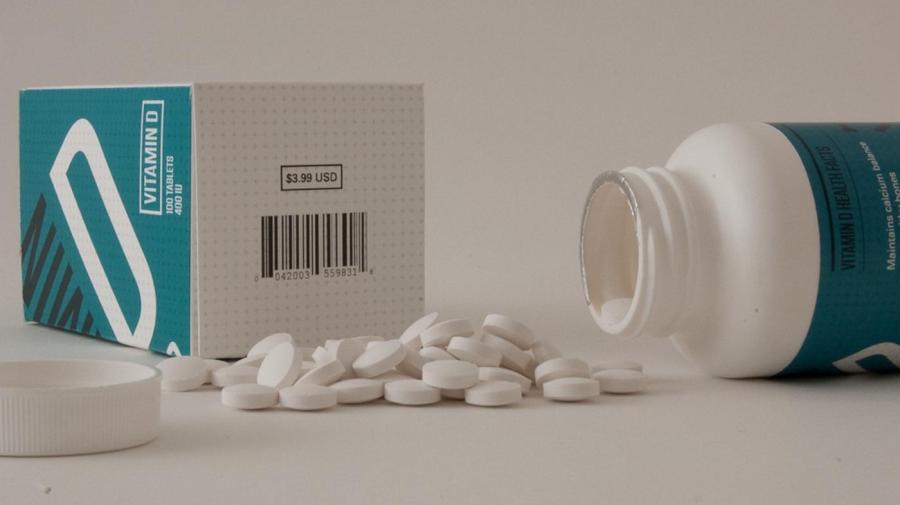What Are the Side Effects of Too Much Vitamin D3?

The Mayo Clinic cautions that vitamin D toxicity results in hypercalcemia, a build up of calcium in the blood that causes nausea, poor appetite and vomiting. Other symptoms of vitamin D overdose are weakness, frequent urination and kidney problems.
Vitamin D toxicity, known as hypervitaminosis D, occurs when people take more than 50,000 international units of vitamin D per day for more than six months. The Mayo Clinic’s recommended dietary allowance is 600 IU per day, but they also point out that overdose is relatively rare. It occurs primarily among people who use vitamin D supplements, but toxicity is uncommon even then. However, the Mayo Clinic does warn that the risk factor is higher for people who already suffer from liver or kidney problems.
Vitamin D3 is the natural form of vitamin D made by the body from sunlight. WebMD recommends vitamin D3 over vitamin D2, although a 2008 study demonstrated no noticeable difference between the two. Vitamin D3 is also known as cholecalciferol. The National Institutes of Health list fatty fish flesh and fish liver oils as excellent dietary sources of vitamin D3. Aside from supplements, the NIH also recommends sun exposure to meet vitamin D needs, but warns that UV-blocking sunscreen severely reduces the amount of vitamin D absorbed.





